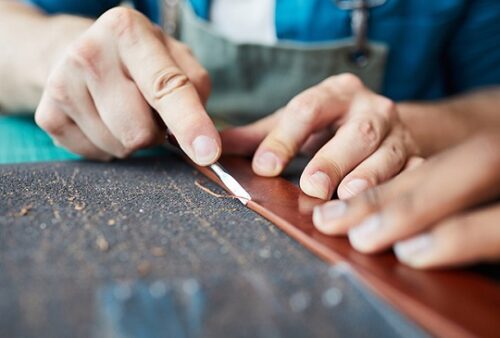2 June 2022
Redwood Comment
Dr Mike Redwood discusses the possibilities that can be found for makers in a post-Covid landscape with emptier cities and a WFH focus.

Urbanisation has been one of the major trends of the last few decades and has continued regardless of the pollution it creates, the areas of deprivation and the fear created by terrorism. By 2010, over half the global population was living in cities and, because cities offer a boost to GDP, they fit into many national plans.
That growth has been interrupted by the disruption created by the pandemic and recovery is being complicated by Russia’s invasion of Ukraine and its strategy to leverage its position through famine and fossil fuel price inflation.
While cities were historically mixed communities with rich and poor, makers and traders living together, they have increasingly become dominated by wealthy service industries with expensive housing, pushing the poor into ghetto districts or far-flung suburbs. The pandemic has changed this and many of our top world cities saw a hollowing out as people, especially those with children, moved to the suburbs or regional towns to work from home (WFH).
Many of those people in the U.S. and UK are reluctant to return but, even in Europe, governments have accepted that working from home cuts emissions and should be supported. Ireland has been worried about rural depopulation and supports WFH while other countries like Spain and Japan, who also have a rural depopulation problem, might well make similar moves.
So, we should now ask: what are cities are for? Should they be citadels for the exclusive use of rich finance and legal services employees, mingling with a few elderly residents, tourists and other occasional visitors enjoying the heritage and culture?
There are just over 100 livery companies in the City of London and nine of them are related to leather, not counting many close associates such as the butchers and the skinners. There are at least a similar number related to wool and textiles and many other crafts like clockmaking, candle making, goldsmiths, fan makers, cutlery producers and so on. While capital eventually came to dominate trade, the City of London, like most cities around the world, was founded on craft.
Put maker communities back into the heart of cities………to read the rest of this fascinating article by Dr Redwood, click on ILM – Redwood Comment – Artisans in Cities
We bring leather, material and fashion businesses together: an opportunity to meet and greet face to face. We bring them from all parts of the world so that they can find fresh partners, discover new customers or suppliers and keep ahead of industry developments.
We organise a number of trade exhibitions which focus on fashion and lifestyle: sectors that are constantly in flux, so visitors and exhibitors alike need to be constantly aware both of the changes around them and those forecast for coming seasons.